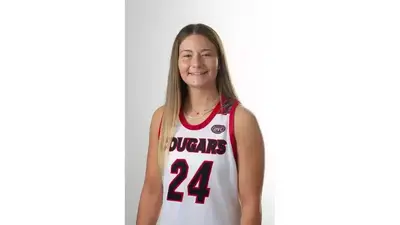The Illinois State Board of Elections (ISBE) voted unanimously last week to validate the Independent Map Amendment’s petition signatures.
ISBE employees completed a 5 percent random sample of signatures and projected that close to 73 percent of the more-than-560,000 signatures delivered to ISBE on May 6 were valid. The sampling showed that the total of valid signatures was between 375,613 and 395,021 – surpassing the 290,216 valid signatures mandated by law to place the amendment on the ballot.
Championed by Independent Maps, a non-partisan statewide coalition pushing to place the Independent Map Amendment before voters this November, the amendment seeks to assign redistricting to an independent entity, a move advocates said will level the political playing field and ensure fairness in voting for elected officials and issues.
House Speaker Michael Madigan (D-Dist. 22), meanwhile, is fighting to maintain control over the way district lines are drawn. In May, the Democratic Party’s general counsel, Michael Kasper, filed a lawsuit in Cook County Circuit Court, alleging the amendment violates rules governing the participation of citizens in amending the state Constitution.
“60 percent of the state legislative races last time around had only one candidate going into November of (2016),” Dennis FitzSimons, chairman of Independent Maps, said during a press conference on the day the organization turned in the 65,200 pages of petition signatures to ISBE. “Sixty-seven percent, as of this moment, are uncontested...A big part of that is because the maps are drawn by politicians for politicians.”
States are required to draw new legislative districts every 10 years. Whichever party is in control of the state legislature in a redistricting year can gerrymander the districts to benefit that particular party, which has proven to be a habitual tendency for the State of Illinois.
In 2012, all 177 seats in the Illinois General Assembly were up for election. In the November general election, 101 of them were uncontested.
FitzSimons said the lack of competition in elections discourages voters from voting because they don’t think their votes count.
“This effort is not aimed at any one party," FitzSimons said. "It’s not aimed at any individual – both parties have taken advantage of the system. It was designed in the Illinois State Constitution to ensure bipartisan compromise over the maps, except what has happened is there’s never been a compromise."
In May 2011, the General Assembly approved maps for state legislative, congressional and Cook County Board of Review districts, and then-Governor Pat Quinn signed the maps into law the following month.
But it was blatantly obvious to citizens of Illinois that the districts had been manipulated to benefit the Democratic Party.
“Whenever (a gridlock) has come into play, there’s been a tiebreaker, and one party has controlled the maps. The Democrats in (1981), the Republicans in (1991), and both parties have taken advantage of it because it’s the system, so why wouldn’t you take advantage of (it) – nothing illegal is being done, but it’s denying voters the chance to have competitive races, candidates that debate the issues, and it creates voter cynicism and low turnout,” FitzSimons said.
Following the 1980 census, an evenly split eight-member panel of Democrats and Republicans was tasked with remapping the state’s legislative districts. After failing to agree on the map, a ninth member was randomly selected to break the deadlock. The person selected was former Democratic Gov. Sam Shapiro – giving Madigan (then-House minority leader) the upper hand at re-drawing the districts.
Madigan’s 1981 map gave Chicago 19 Senate seats and 37 House seats – instead of the 15 Senate seats and 31 House seats Chicago legislators could fill. Interestingly, many of the districts overlapped with the suburbs.
Since the new panel would consist of 11 independent commissioners – four appointed by the state legislature – responsible for drawing the maps, Independent Maps believes the amendment would bring an end to gerrymandering.
FitzSimons said the proposed initiative would require seven votes for the maps to be approved and would be transparent.
“Are you better off with a system that has produced 60 percent uncontested races or are you better off with a system of citizens that will draw these maps in a fair, transparent and impartial manner,” FitzSimons said. “I think the answer is clear, and that’s what all these signatures represent.”






 Alerts Sign-up
Alerts Sign-up